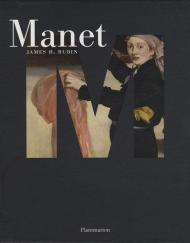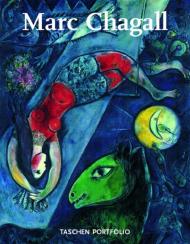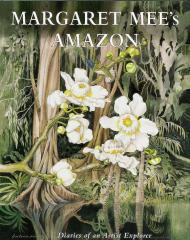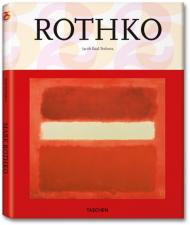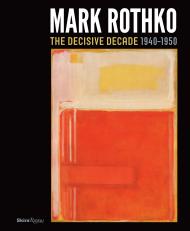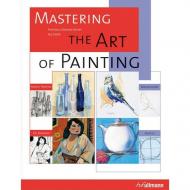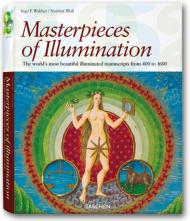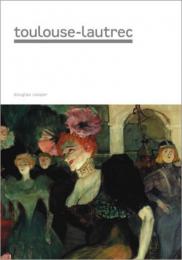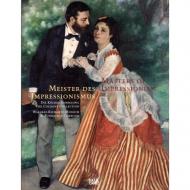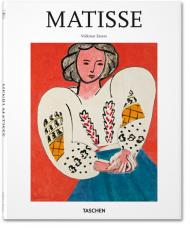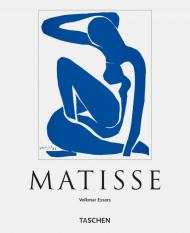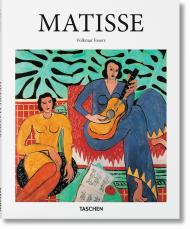Few artists have created as much controversy or survived it with greater fame than Edouard Manet.
In his day, the avant-garde was not only a challenge to the traditions of art, but it was also a gunshot fired at society as a whole.
With his painting Olympia (1869), Manet was to become, to quote Degas, as famous as Garibaldi. Yet how the urbane and diffident son of a bourgeois family became the father of both Realism and Impressionism is a complex and fascinating story that has too often been reduced to textbook clichés.
As Manet has become recognized as a touchstone for historical change but also for interpretations of how that change came about, his individual story has become all the more relevant to the study of art history.
Moreover, far from being an artists to shrink behind his work, one of Manets most characteristic practices was to leave an indelible trace of his own personal identity within his paintings, as illustrated throughout the volume by eminent scholar James H. Rubin.
This lavishly illustrated volume is presented in a handsome box set, and offers a comprehensive and original angle of study on the great master.
